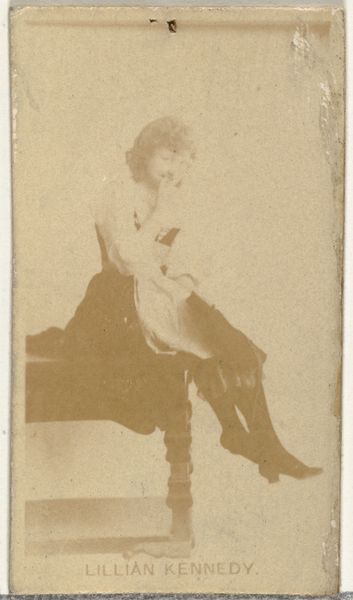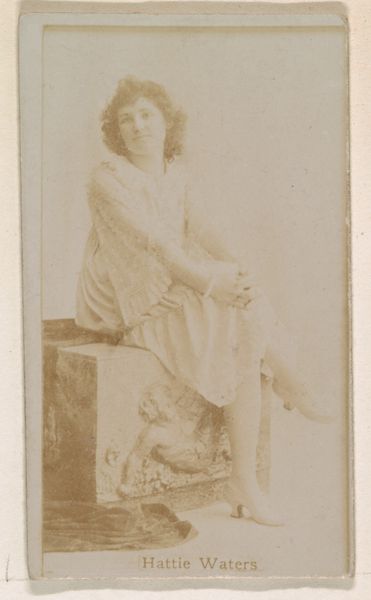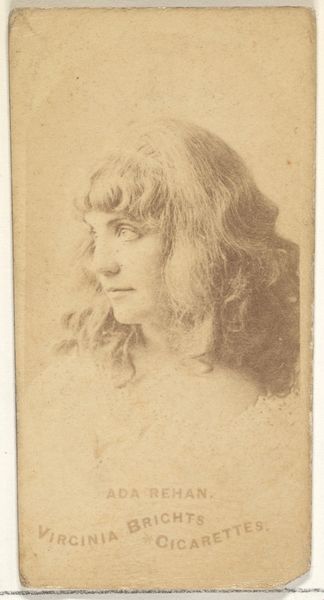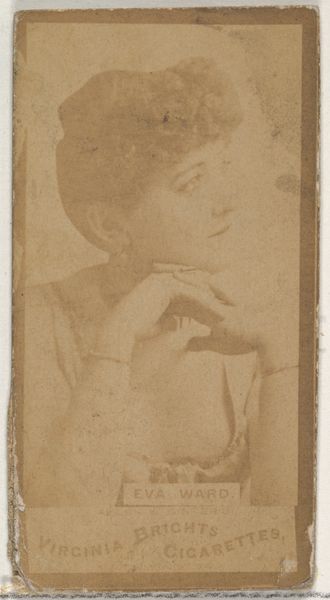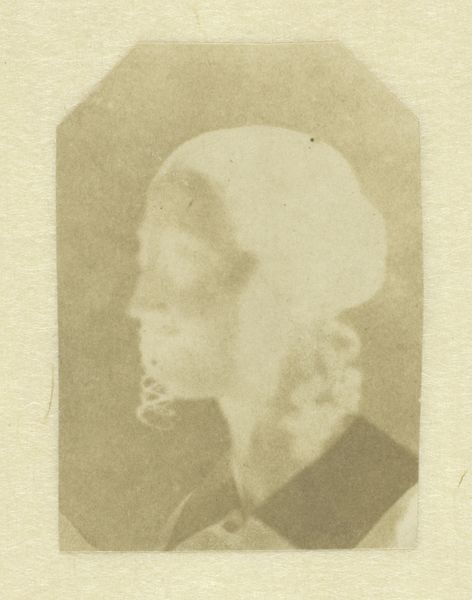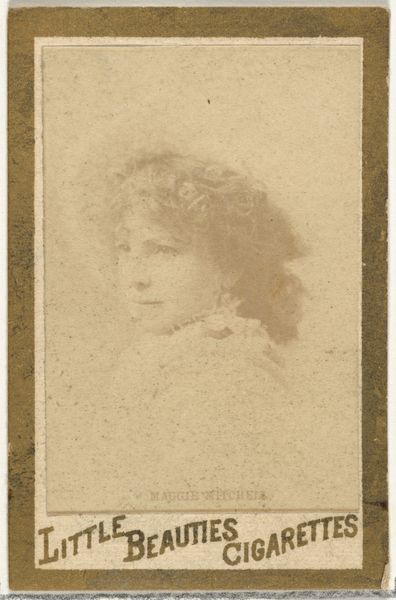
print, etching
#
portrait
# print
#
etching
#
old engraving style
#
etching
#
academic-art
#
realism
Dimensions: height 128 mm, width 84 mm
Copyright: Rijks Museum: Open Domain
Editor: Here we have Bernard Willem Wierink's "Portret van een vrouw," an etching dating sometime between 1866 and 1939. It's a very direct, almost stark, image. What strikes you most about it? Curator: I'm immediately drawn to the tension between the apparent realism and the underlying symbolism. The portrait is rendered with a kind of raw honesty, yet the choice of etching itself evokes a certain historical weight. Do you see how the linear quality of the etching gives the image an almost archetypal feel, distancing the woman while also preserving her memory? Editor: Yes, I do. It's like she's present and absent at the same time. Curator: Exactly! The materiality of the print reinforces that—etchings are, after all, made to reproduce images, to keep them around. Note also how the woman's gaze meets ours head-on, but there's also an ambiguity about her expression, inviting projection. Editor: Is there anything particularly telling about the hairstyle? Curator: The voluminous, almost baroque, hairstyle could signify status or perhaps a connection to idealized beauty, although the etched lines make it appear almost chaotic. What do you make of that perceived disjunction? Editor: Maybe it suggests a disconnect between outward appearance and inner feelings, hinting at social pressures. Curator: Precisely! It is like the symbolic weight clashes with the intimate scale and medium, creating an interesting dissonance. I keep coming back to the idea of collective memory—how we use images like this to create and maintain narratives. Editor: That’s really fascinating. I'll definitely look at portraiture differently now, thinking about cultural baggage and not just individual representation. Curator: Indeed. These seemingly simple portraits hold so many layers once you start digging into their iconography.
Comments
No comments
Be the first to comment and join the conversation on the ultimate creative platform.



